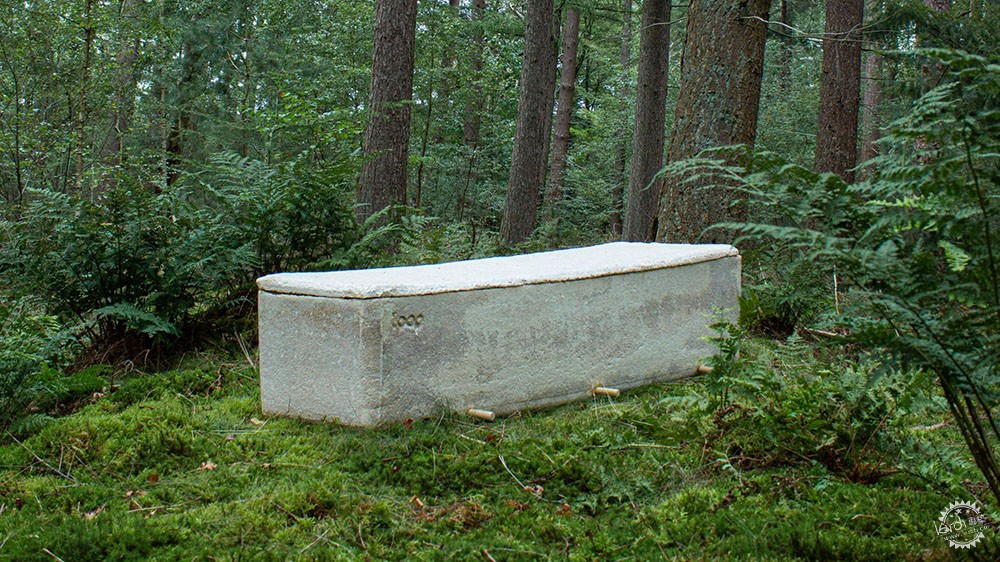
Bob Hendrikx利用蘑菇的菌丝设计了一款“活棺材”
Bob Hendrikx designs "living coffin" from mushroom mycelium
由专筑网Cortana,小R编译
代尔夫特理工大学的研究人员Bob Hendrikx创造了一种“活棺材”,这是一种由菌丝制成的棺材,可以帮助人体死后尸体更快分解,同时改善周围的土壤微环境。
由菌丝制成的“活棺材”有助于人体死后的堆肥过程,同时可将土壤中的有毒物质移除,从而创造出更适宜植物生长的土壤环境。
这个方方正正的棺材需要一周的时间生长,然后装着尸体,大约需要两到三年完成分解。相比之下,传统的棺材需要十年的时间才可完全分解。
TU Delft researcher Bob Hendrikx has created Living Cocoon, a coffin made from mycelium that helps bodies decompose faster while improving the surrounding soil.
Made from mushroom mycelium, the Living Cocoon actively contributes to the body's composting process after death and simultaneously removes toxic substances from the earth – creating richer conditions for new plants to grow.
The boxy coffin takes one week to grow and then, containing the body of the deceased, takes an estimated two to three years to decompose. In comparison, conventional coffin burials take over ten years to break down in the earth.
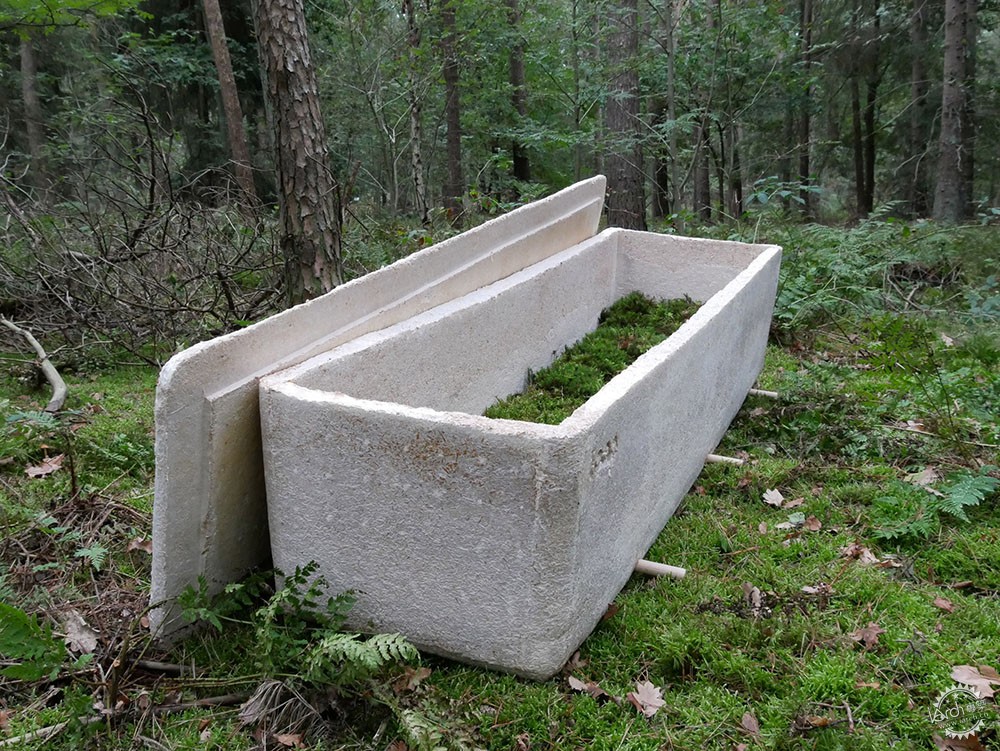
Hendrikx是代尔夫特理工大学的一名研究人员,他希望这种他称之为“”活棺材“”的东西可以创造一个全新的尸体处理闭环系统,同时弥补人类的所作所为给地球带来的种种伤害。
“我们现在就生存在大自然的墓地。”他说,“我们的行为不仅是寄生的,更是目光短浅。我们正在让生物体逐渐消亡,不断制造污染,但如果我们能够让它们活着会怎么样呢?”
“这个‘活棺材’的应用使人们最终得以回归自然去丰沃土壤,而不是污染它。”
Hendrikx, who is a researcher at the Delft University of Technology, hopes what he calls a "living coffin" can create a closed-loop system for disposing of the dead and repairing some of the damage done by humans to the earth.
"We are currently living in nature's graveyard," he said. "Our behaviour is not only parasitic, it's also short-sighted. We are degrading organisms into dead, polluting materials, but what if we kept them alive?"
"The Living Cocoon enables people to become one with nature again, and to enrich the soil instead of polluting it."

Hendrikx将其描述为“大自然的回收者”,菌丝是真菌的丝状部分,通常生长在地下。它的功能是通过分泌酶来分解生物聚合物,帮助分解并将二氧化碳释放回大气中,从而为真菌提供养分。
“菌丝不断地寻找废物,将其转化为对环境有益的营养物质。”设计师继续说道,“对包括石油、塑料和金属在内的有毒物质也是如此。”
“例如,菌丝在切尔诺贝利被使用,在鹿特丹被用来清理土壤,一些农民还用它让土地恢复生命力。”
Described by Hendrikx as "nature's recycler", mycelium is the thread-like part of a fungus that typically grows underground. Its function is to feed the fungus by secreting enzymes to break down biological polymers, aiding decomposition and releasing carbon dioxide back into the atmosphere.
"Mycelium is constantly looking for waste materials to convert into nutrients for the environment," the designer continued. "It does the same with toxic substances, including oil, plastic and metal."
"For example, mycelium was used in Chernobyl, it is utilised in Rotterdam to clean up soil, and some farmers also apply it to make the land healthy again."
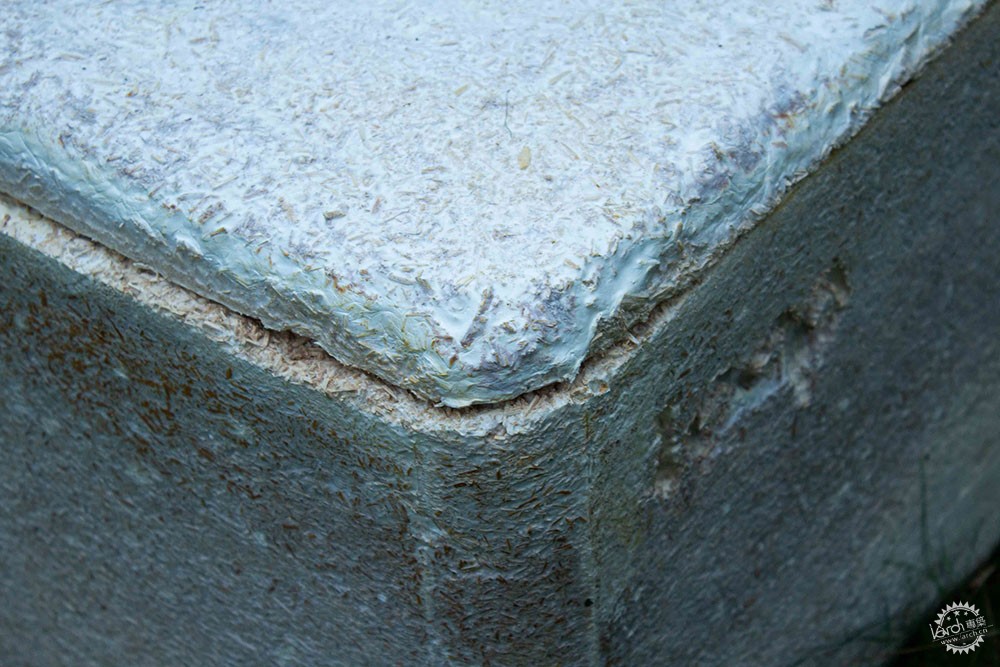
Hendrikx说,在去年的荷兰设计周上,他第一次有了用真菌做棺材的想法,在那里他展示了一个起居空间,由菌丝制成的可居住的豆荚。
“一个女孩走到我面前,问我‘如果我奶奶死了怎么办?我能把她留在那里吗?’。”他解释道。
“那时我才意识到菌丝可以为我们人类做什么,它把我们带回生命周期,让我们为植物提供营养。”
As Hendrikx told Dezeen, he first came up with the idea to use the fungus to make a coffin during last year's Dutch Design Week, where he presented his living home – inhabitable pods made from mycelium.
"A girl walked up to me and asked 'What if my grandma dies? Can I just leave her there?'," he explained.
"And that's when I realised what mycelium could do for us humans, bringing us back into the cycle of life and allowing us to provide food for plants."

菌丝棺材可在七天内成型。为了制作棺材,Hendrikx和他的团队将他们喜欢的菌丝体与有机基质混合在一个模具中。
菌丝分解掉这种基质形成一种三维结构,这个结构不断生长,最终长成它所在的模具的形状。
正如设计师所解释的,整个制作过程是被动的,这意味着它不需要任何能量、热量和光。
Each Living Cocoon is grown and formed in seven days. To make the coffins, Hendrikx and his team mix their preferred type of mycelium with an organic substrate in a mould.
The mycelium eats this substrate, creating a three-dimensional structure that grows to fill the shape of the mould it is in.
As the designer explained, the entire production process is passive, meaning it doesn't require any energy, heat or light.
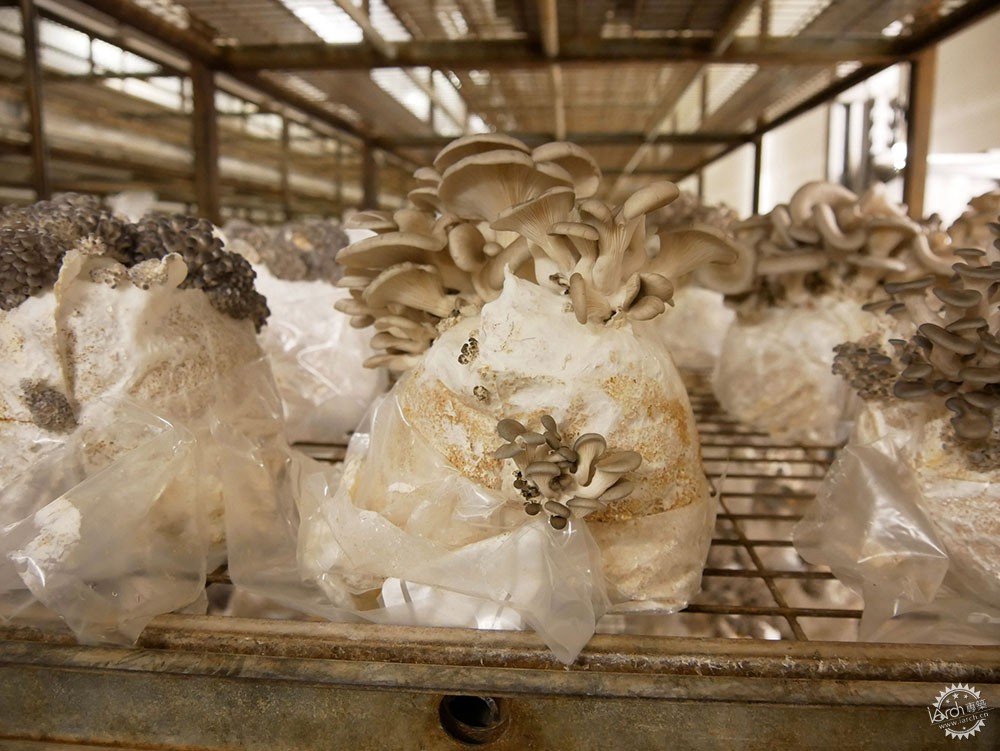
菌丝棺材由Hendrikx的荷兰初创公司Loop研发,并已经在海牙的殡葬合作社CUVO和代尔夫特的De Laatste Eer的帮助下进行了测试。
前段时间,这家初创公司开始测试第一批用于葬礼的10具菌丝棺材。
Developed under Hendrikx's startup based in the Netherlands called Loop, the Living Cocoons have been tested with the help of funeral cooperatives CUVO, based in The Hague, and De Laatste Eer, based in Delft.
The startup has begun testing its first batch of ten mycelium coffins last week when they were used for a funeral.
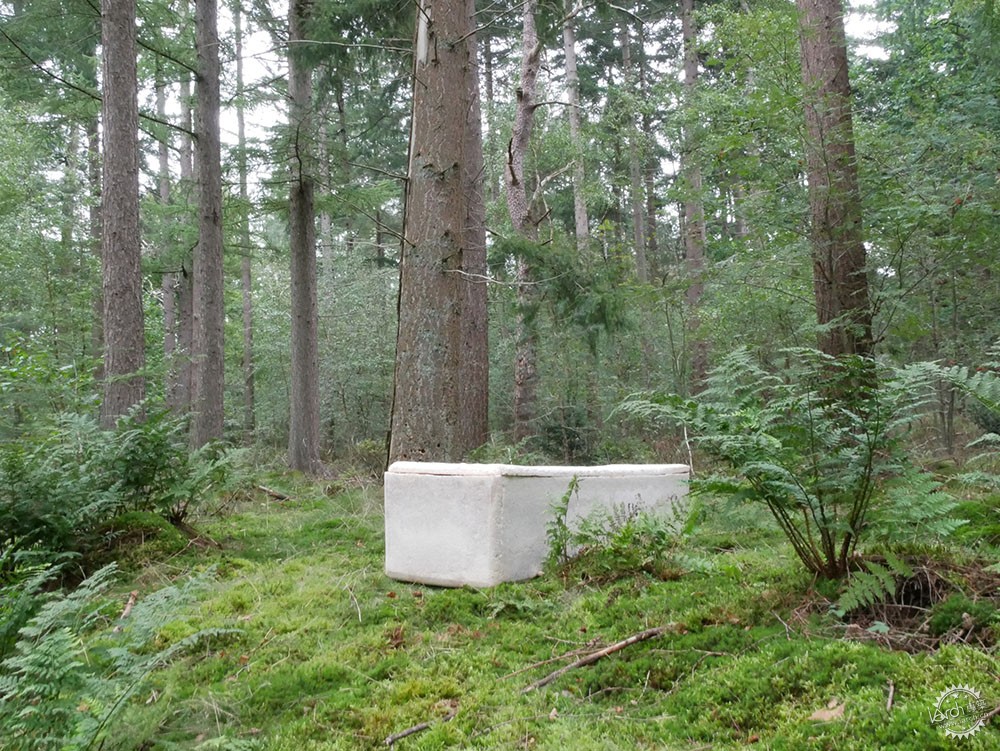
总部位于纽约的生物技术公司Ecovative也对其进行了进一步的测试,结果显示,在正常的荷兰土壤条件下,棺材自身能在30到45天内被土壤吸收。
该团队尚未完全测试棺材对土壤质量增加生物多样性的影响。
“我们想知道它对土壤的贡献到底有多大,因为这将帮助我们在未来说服当地市政府将污染地区改造成健康的林地,并利用人类的身体作为养分。”Hendrikx说。
Further tests have also been conducted by New York-based biotech company Ecovative, and have shown that the coffin itself is absorbed into the earth within 30 to 45 days, under normal Dutch soil conditions.
The team is yet to fully test the effects of the coffin on soil quality in increasing biodiversity.
"We want to know exactly what contribution it makes to the soil as this will help us to convince local municipalities in the future to transform polluted areas into healthy woodland, using our bodies as nutrients," said Hendrikx.
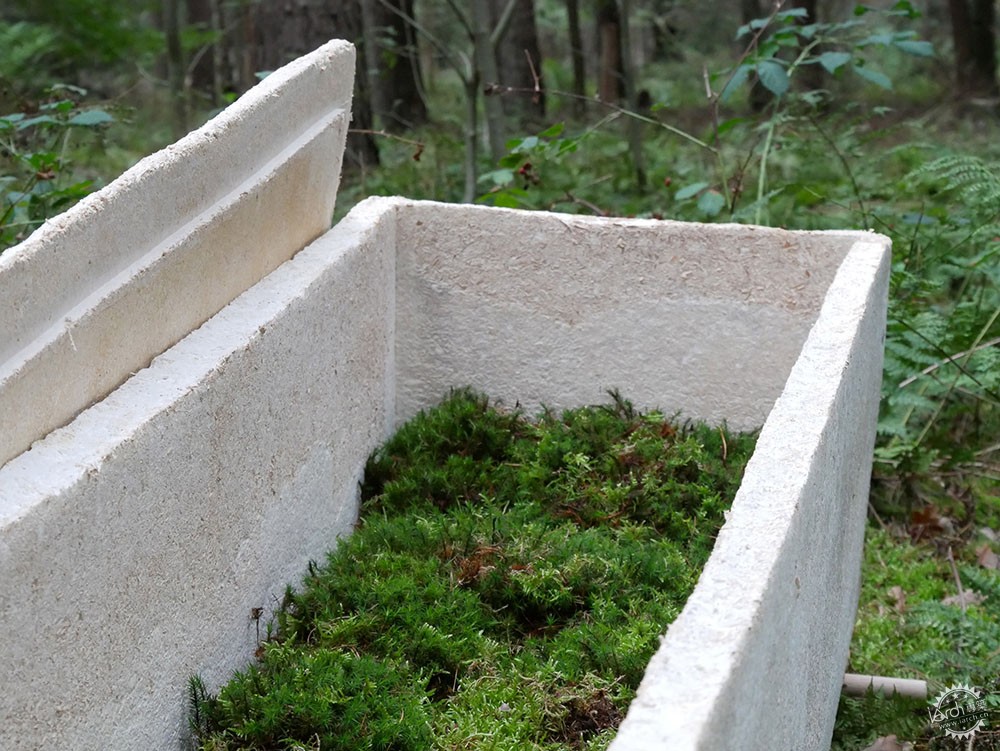
Hendrikx和他的团队目前正在研究发光真菌,他们试图找出一种方法,让它们能够从棺材中穿过土壤生长到地面以上,以此作为遗体埋葬地点的标记。
这样一来,发光的蘑菇就可以代替人们通常放在坟墓上的花或灯。
Hendrikx是众多旨在使死亡具有可持续性的设计师之一。Anna Citelli和Raoul Bretzel为逝者设计了一种可降解的蛋形棺材,棺材埋在地下,然后在上面种上一棵树。
Shaina Garfield也设计了一款环保棺材,利用真菌以更快的速度对尸体进行生物降解,同时给周围的土壤施肥。
Hendrikx and his team are currently working with light-emitting fungi to find a way of making them grow from the coffin through the soil and up above the earth as a marker of where the body is buried.
This way, illuminating mushrooms can be used in place of the flowers or lights that people typically place on the grave.
Hendrikx one of several designers aiming to make death more sustainable. Anna Citelli and Raoul Bretzel created a biodegradable egg-shaped pod for the deceased that is buried in the earth before a tree is planted above.
Shaina Garfield also designed an eco-friendly coffin that, similarly to the Living Cocoon, uses fungus to biodegrade the body at a faster rate while fertilising the surrounding soil.
|
|
